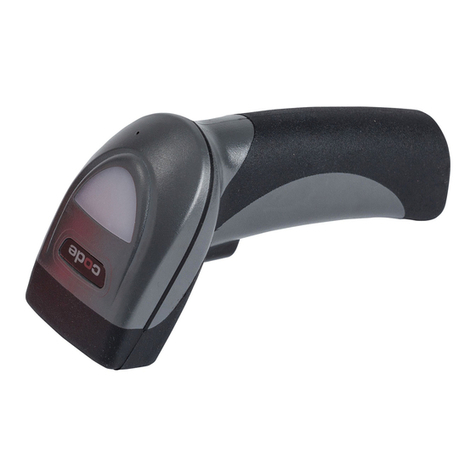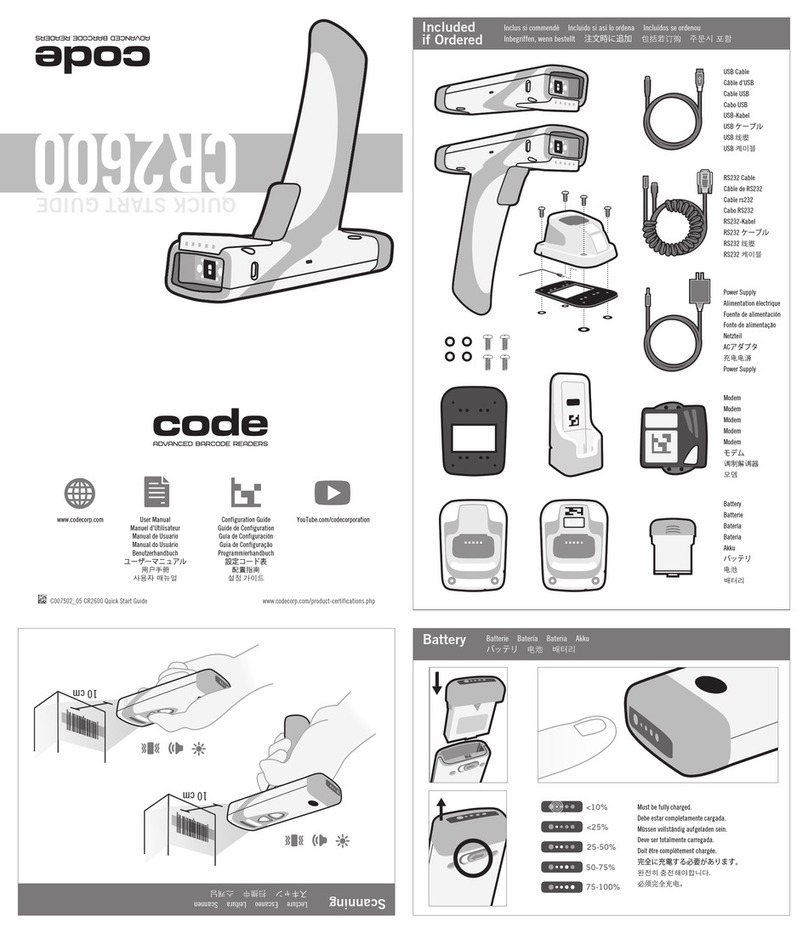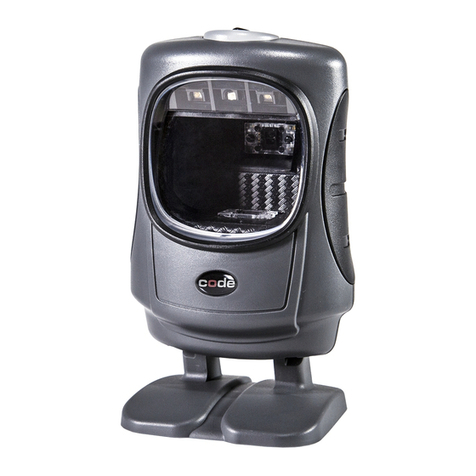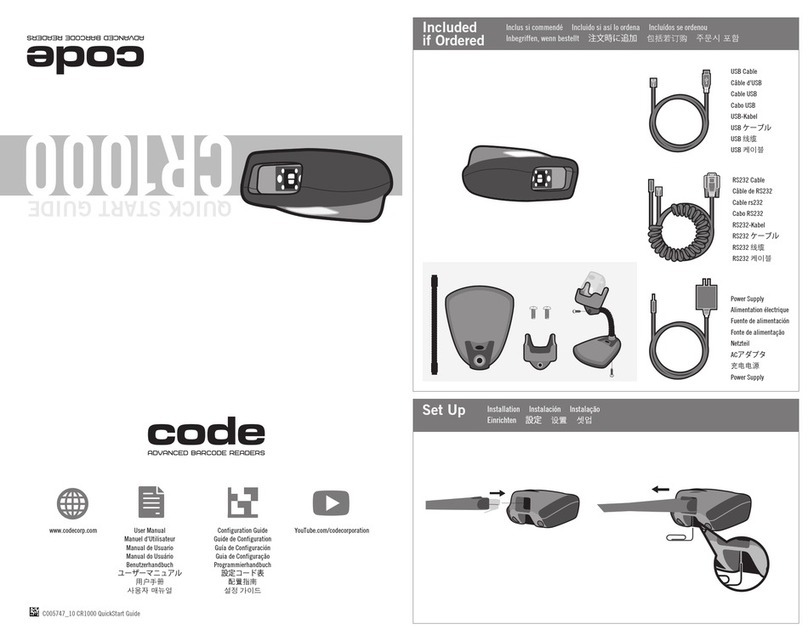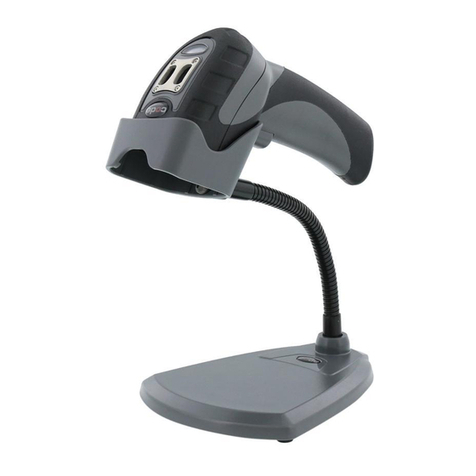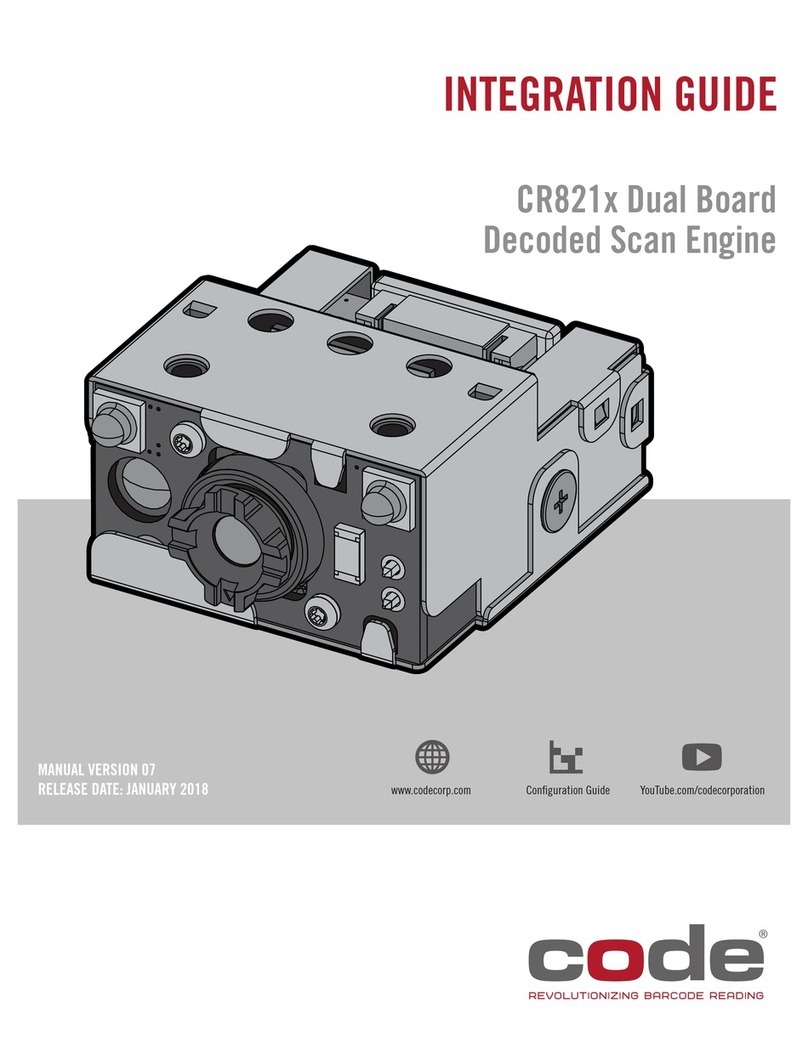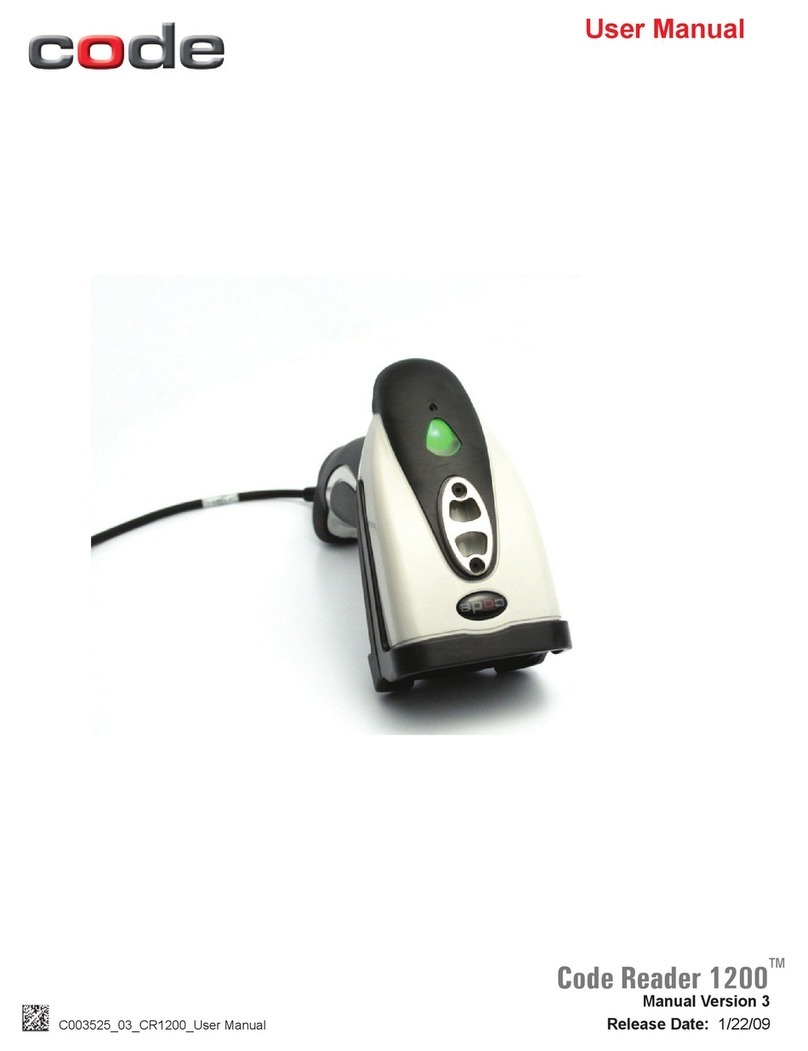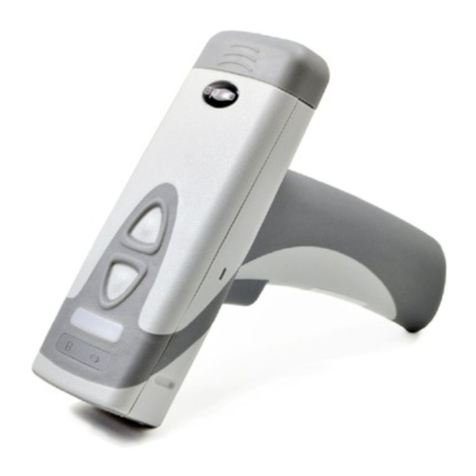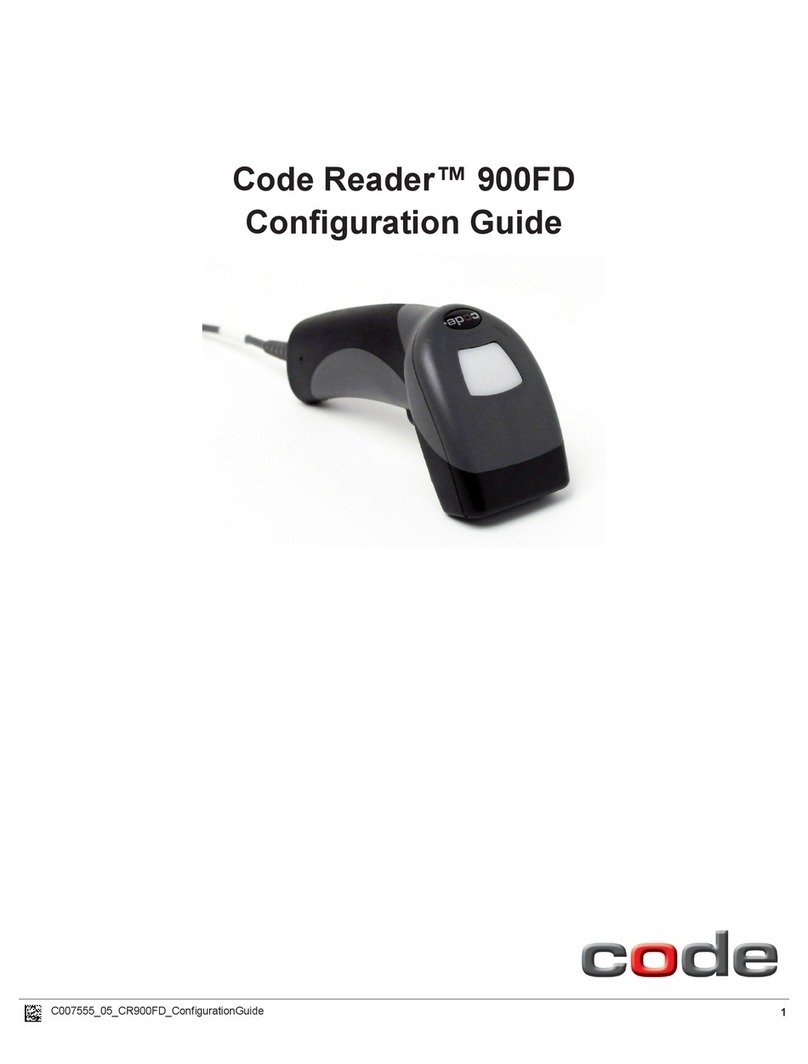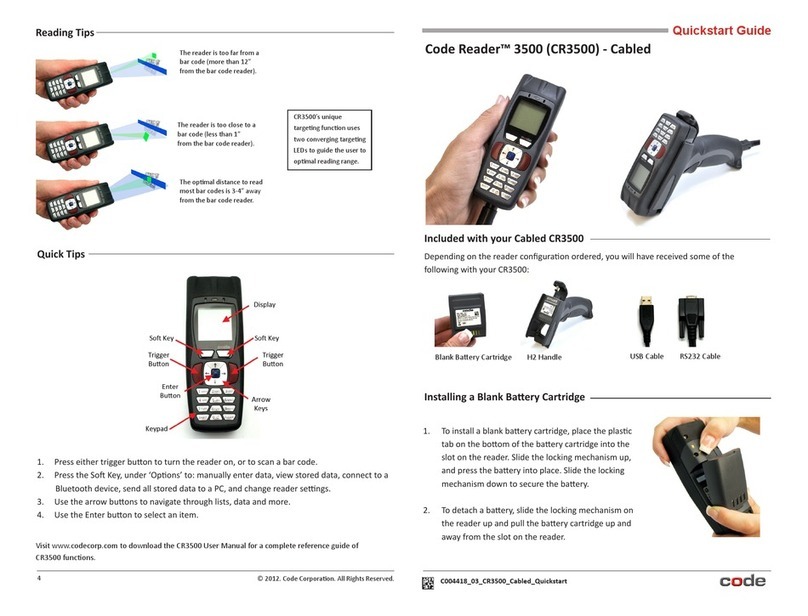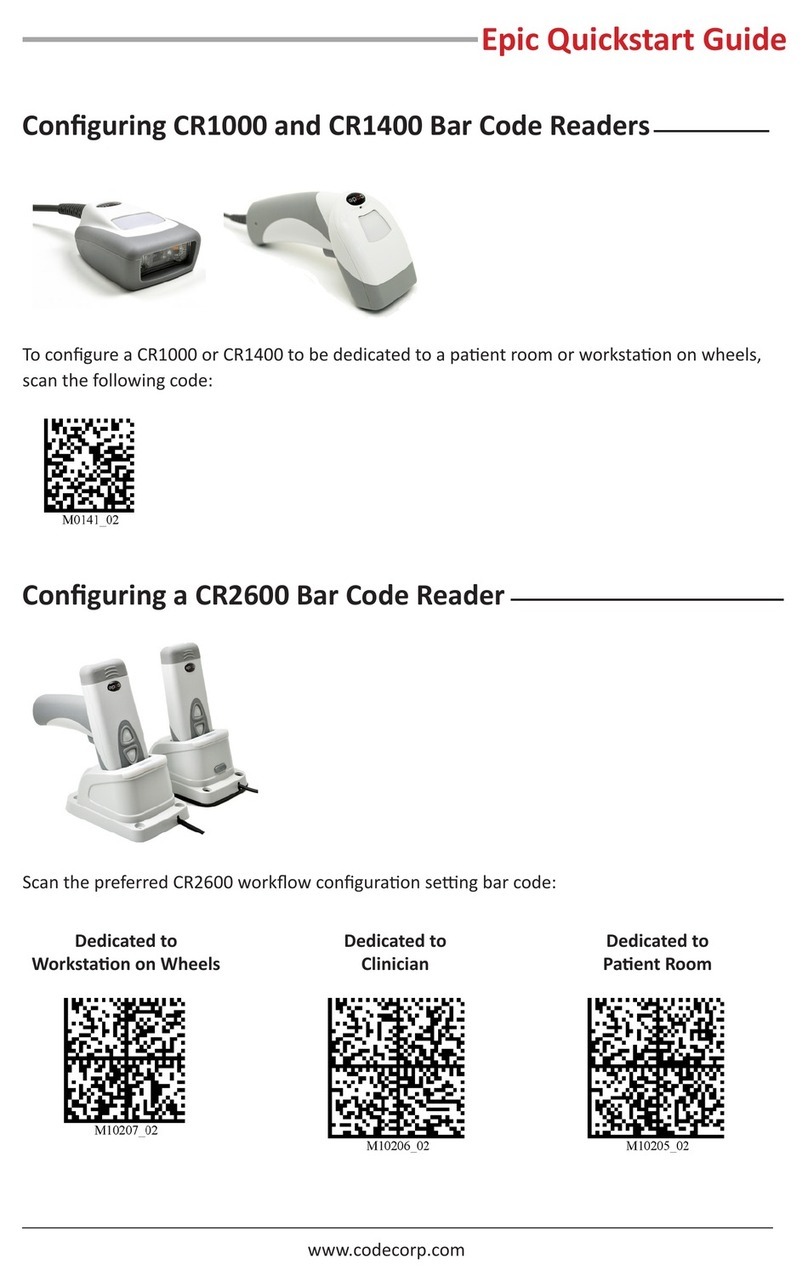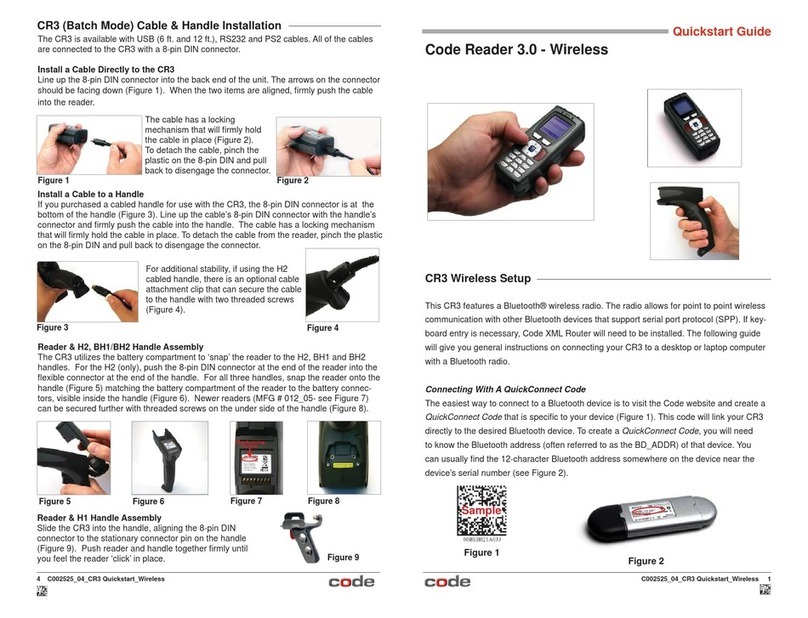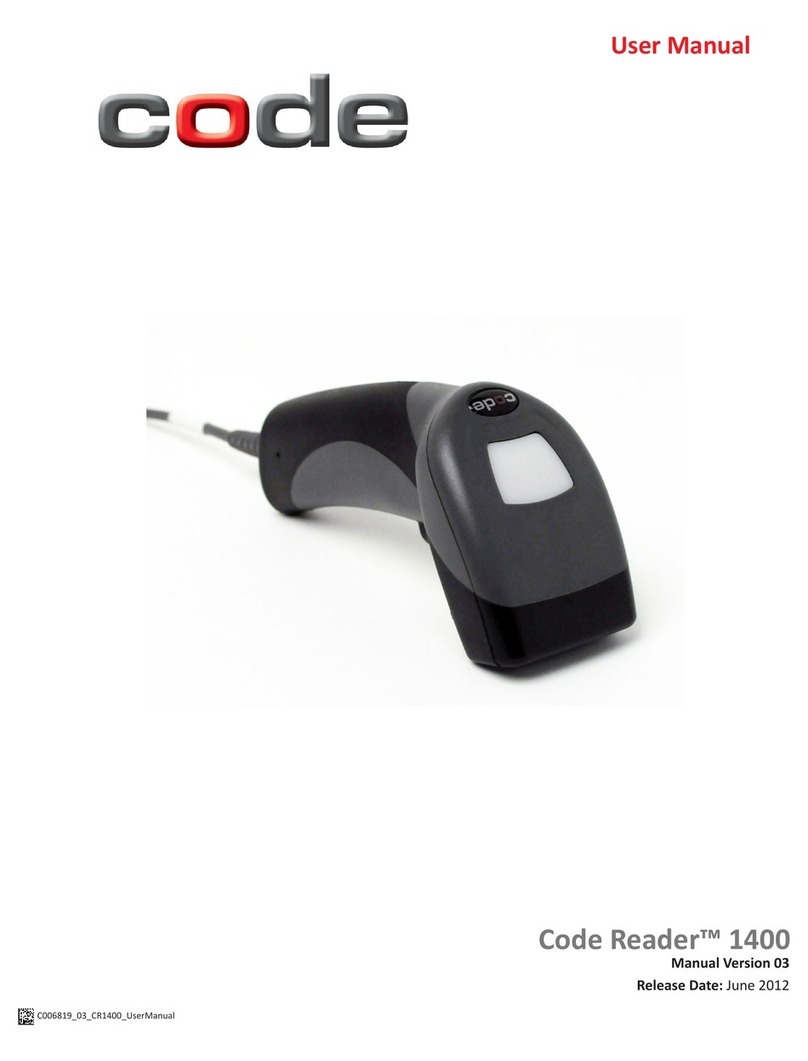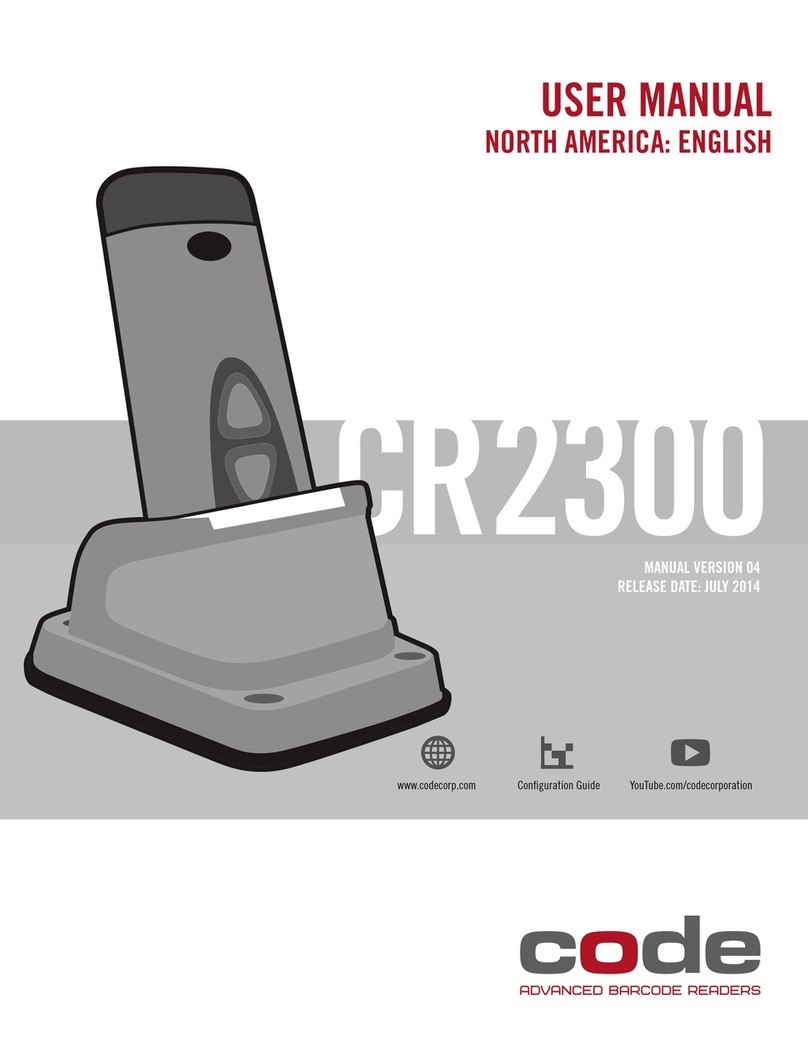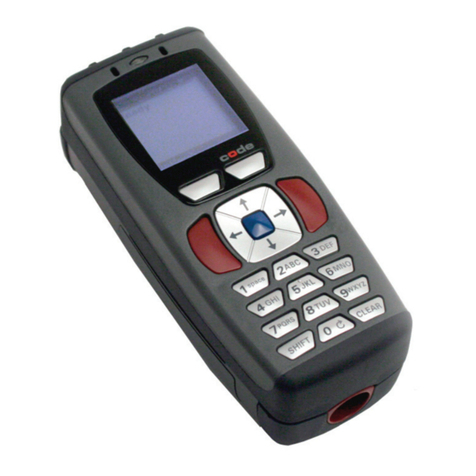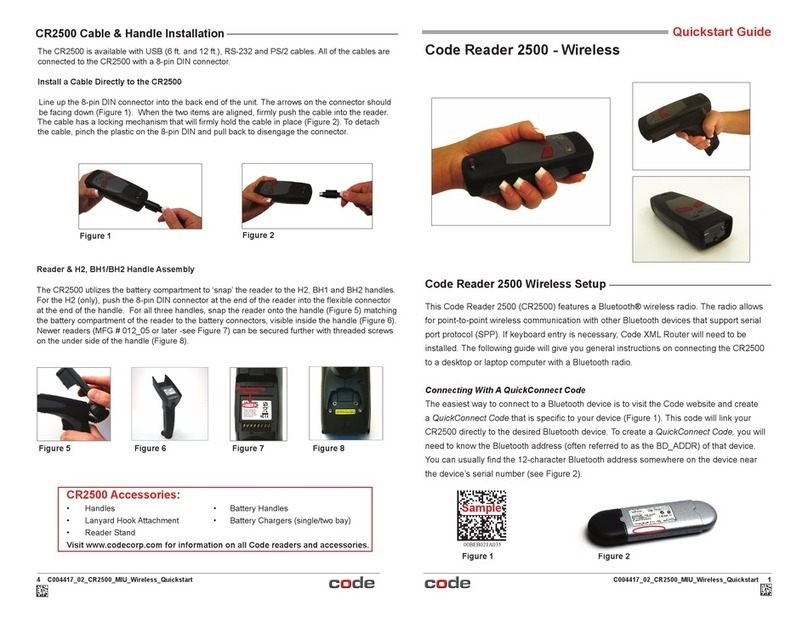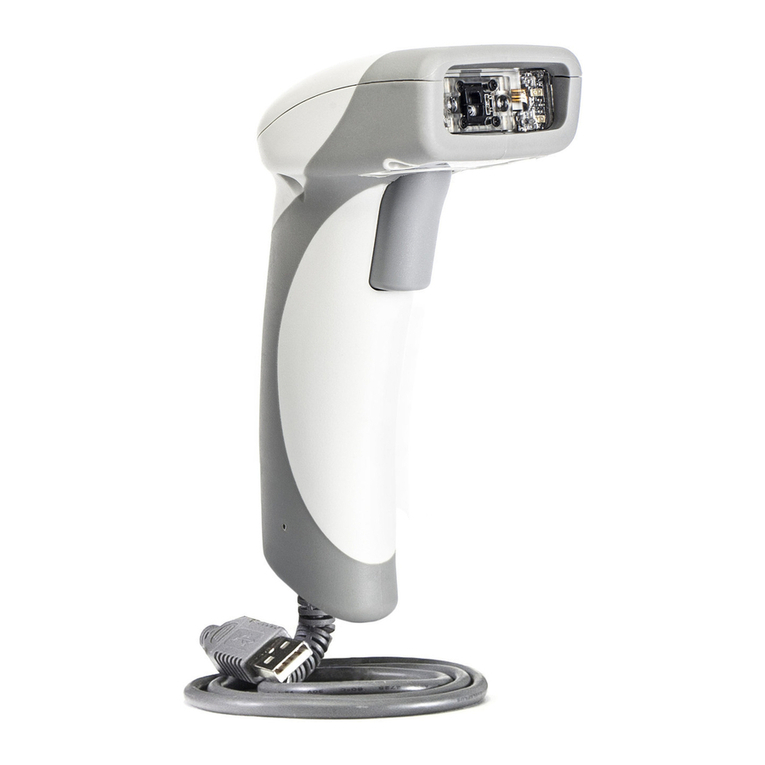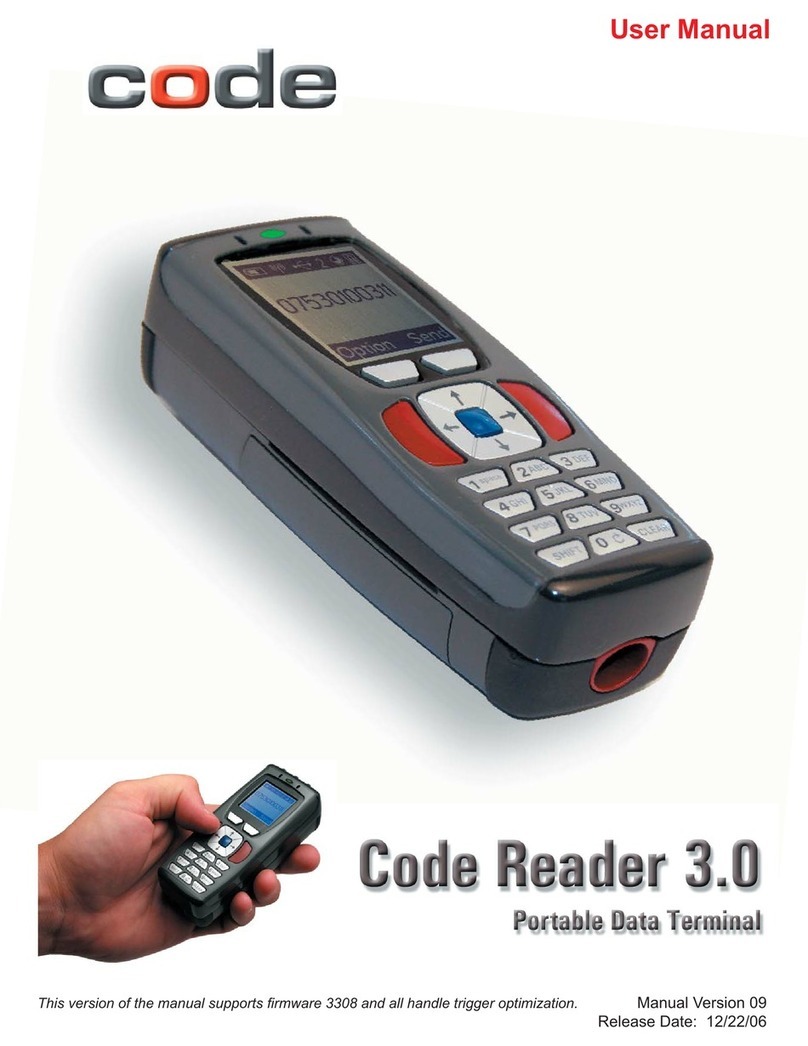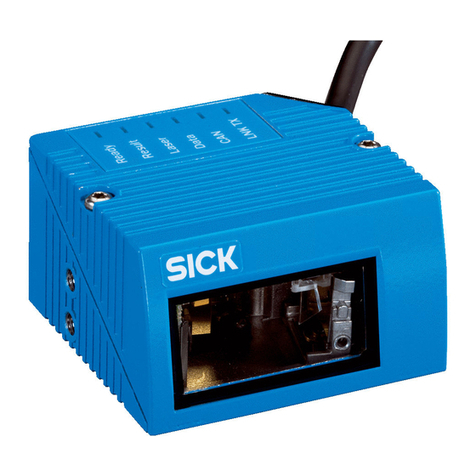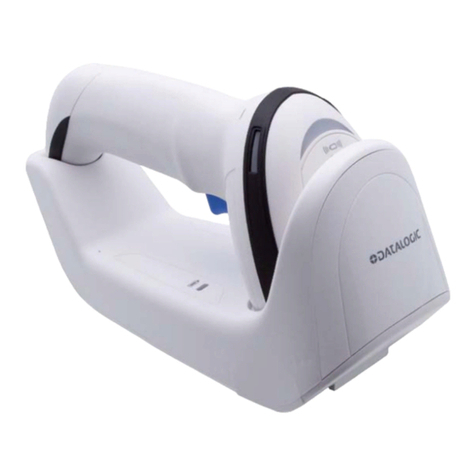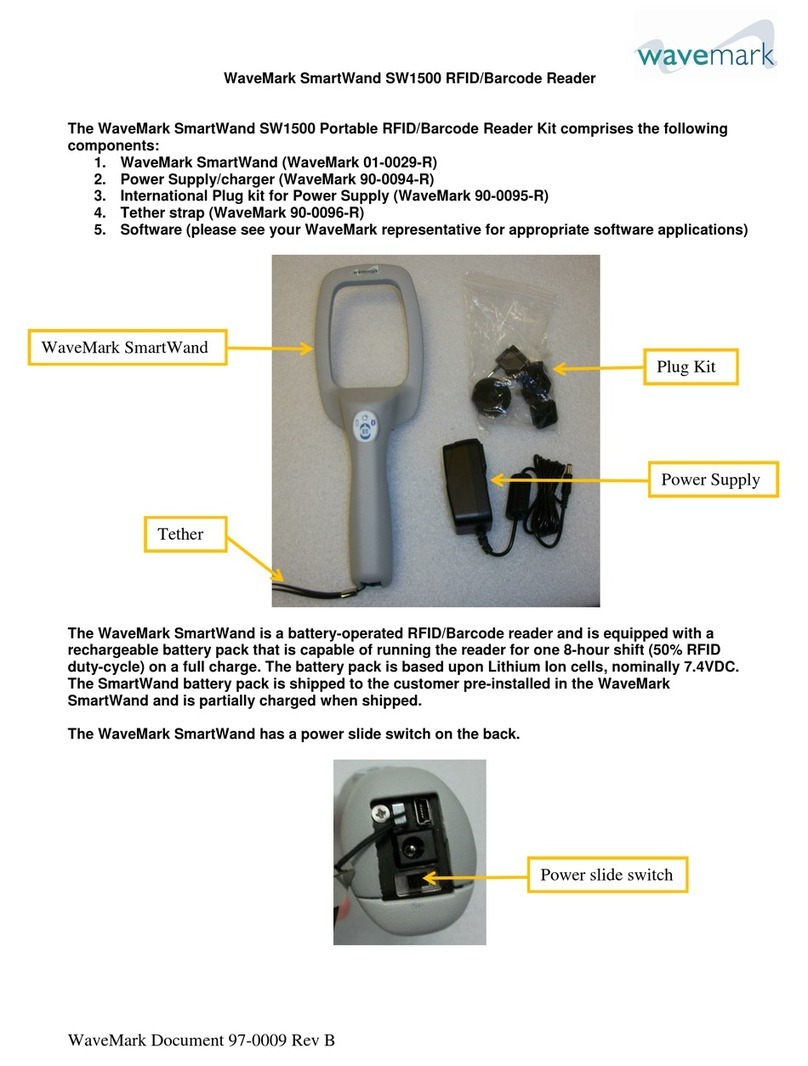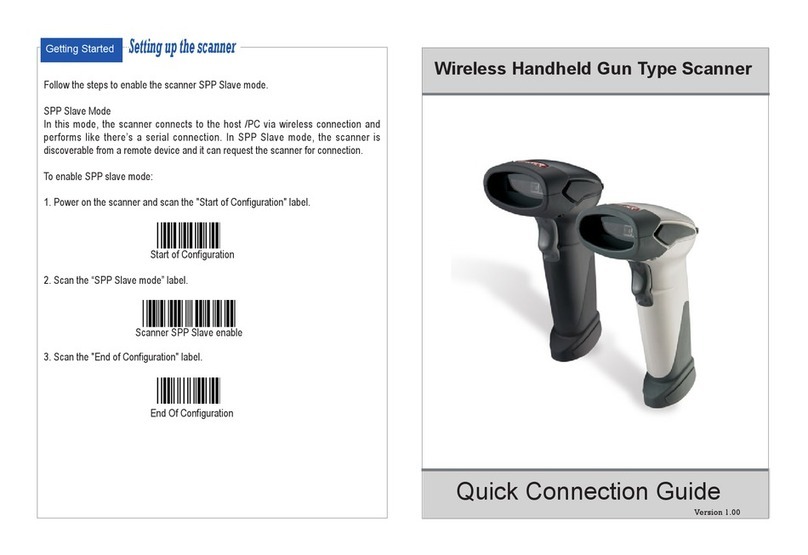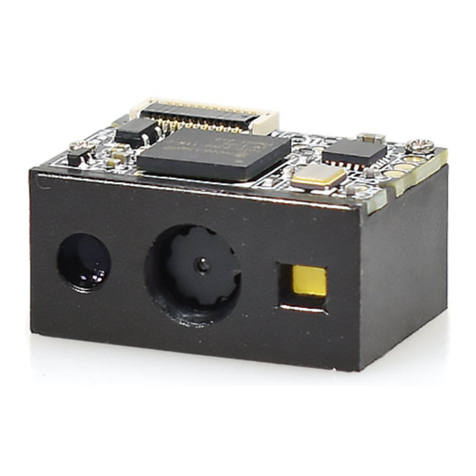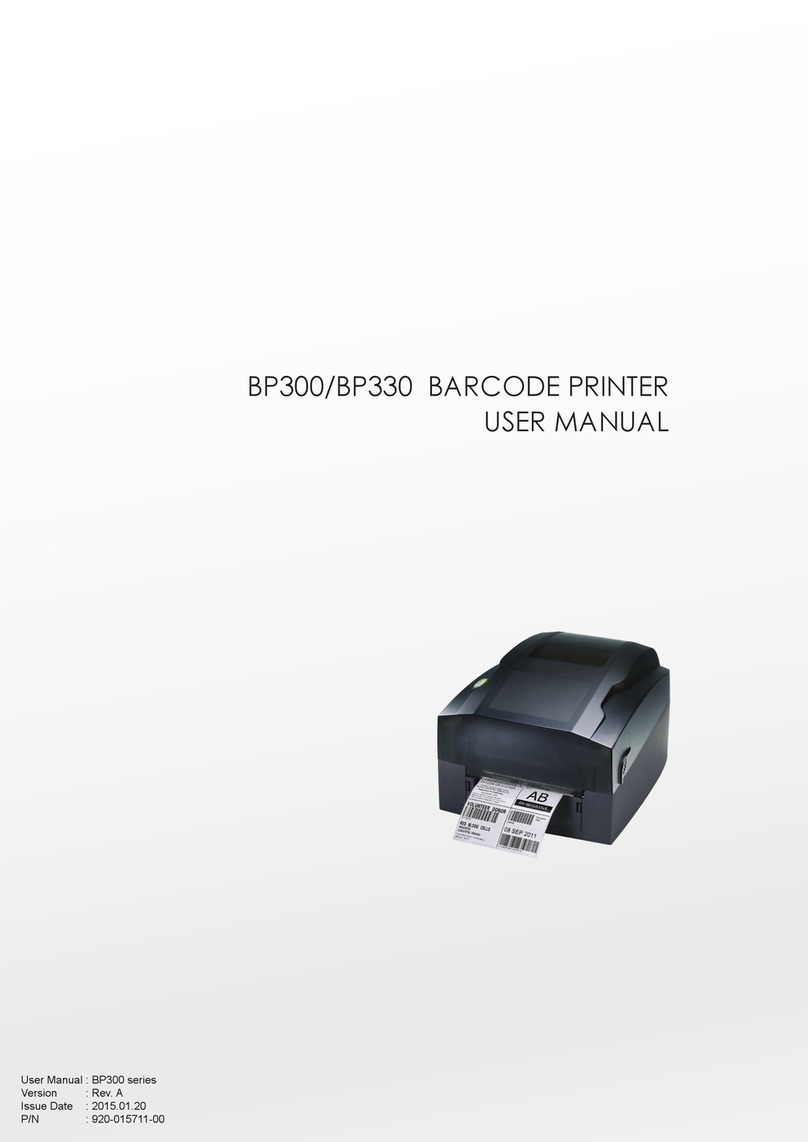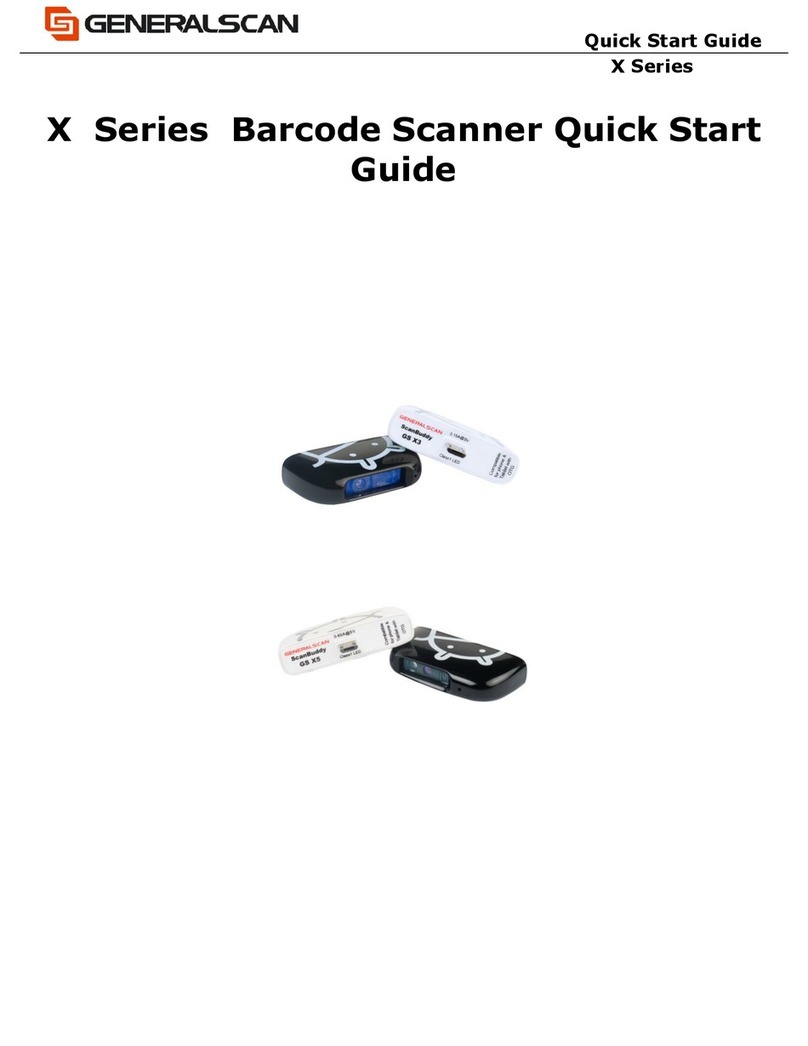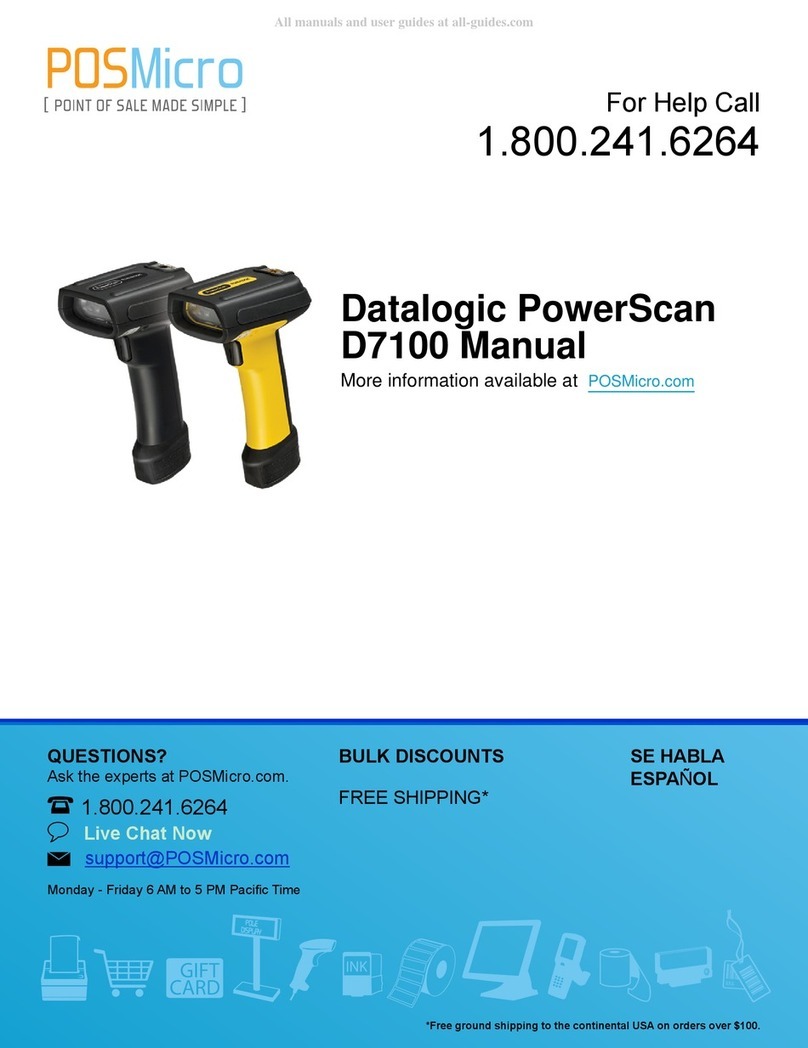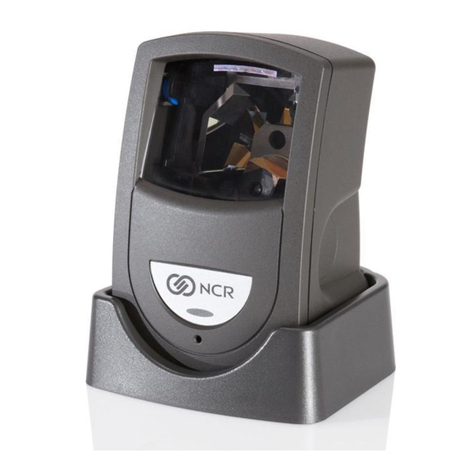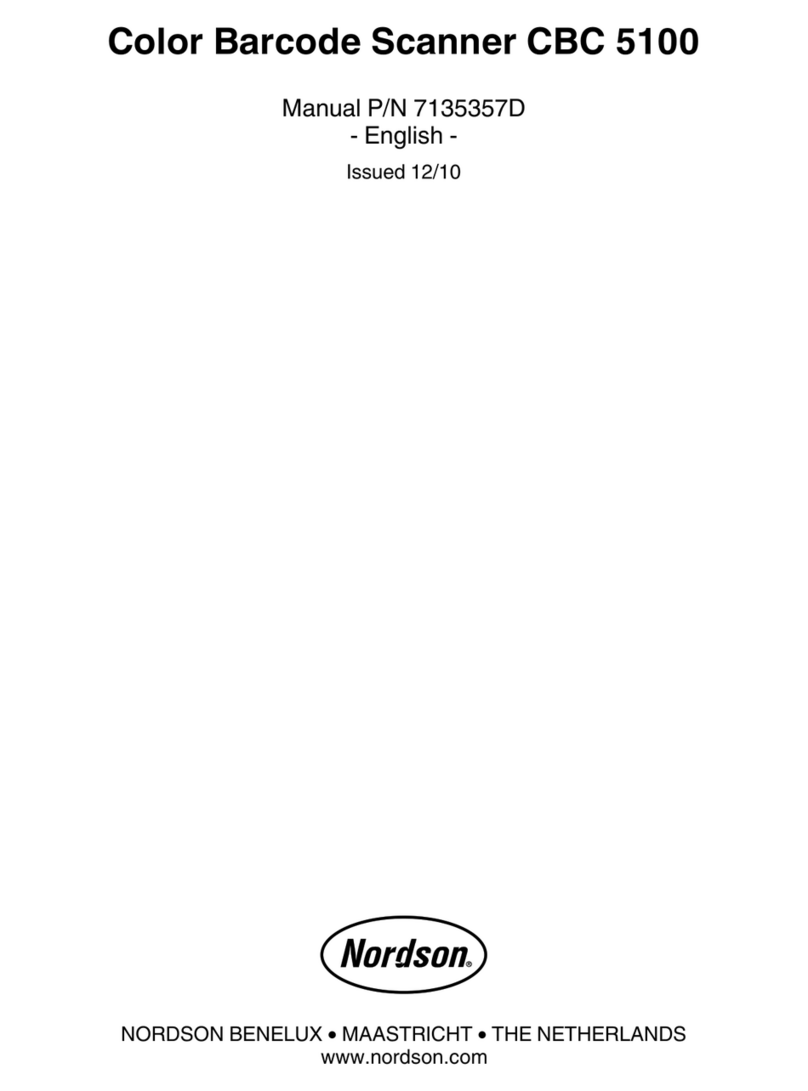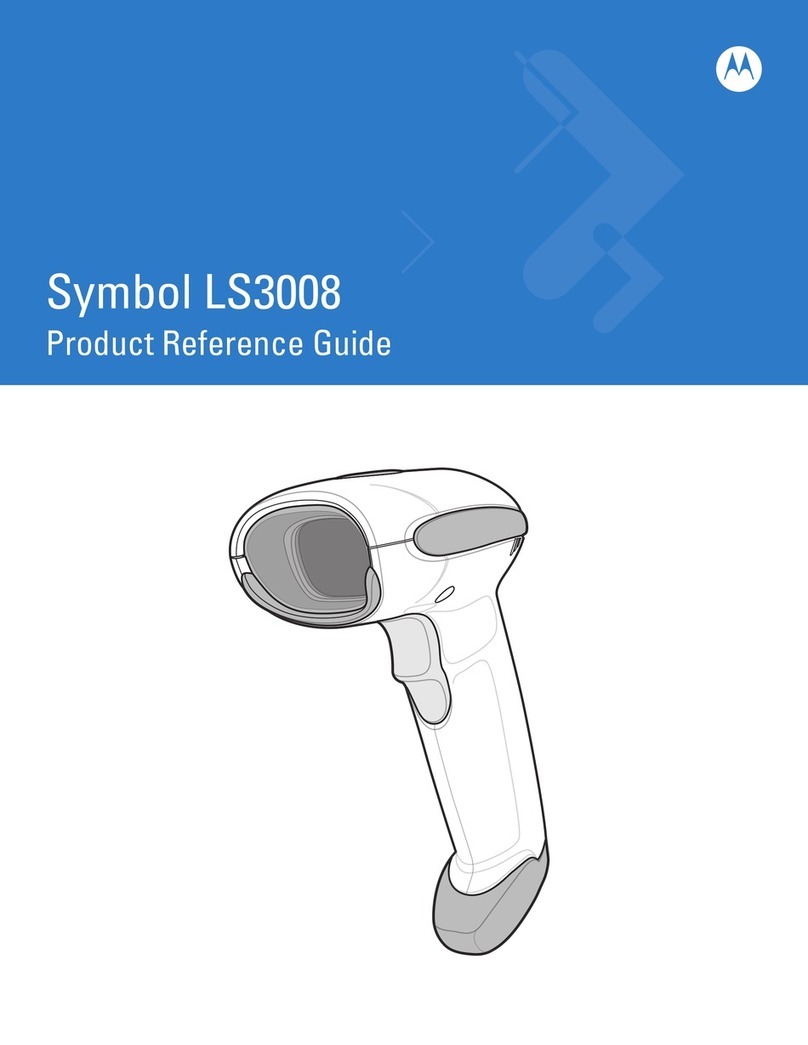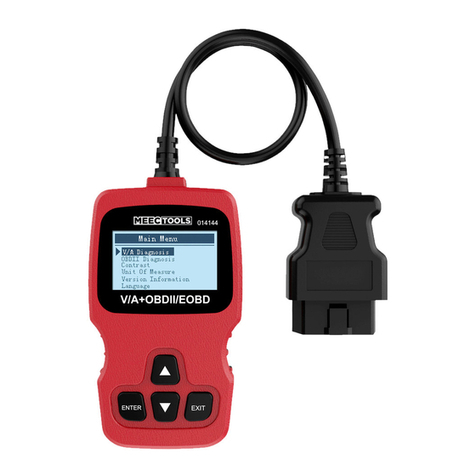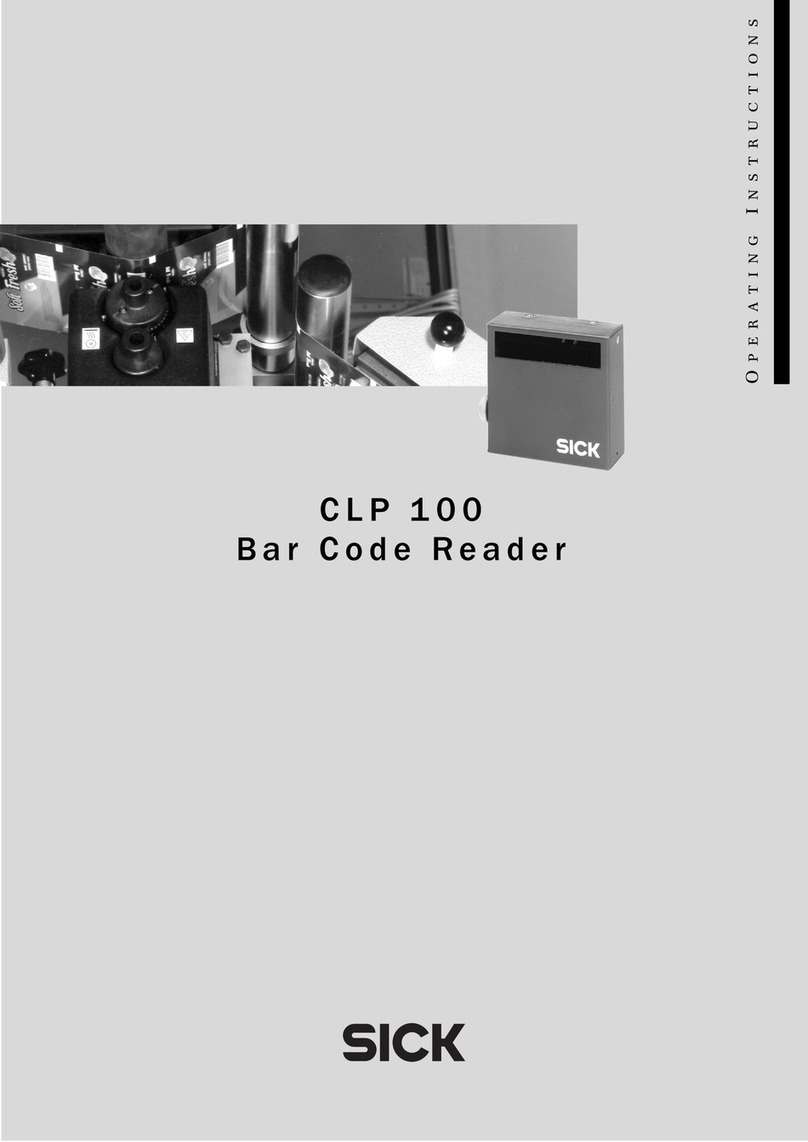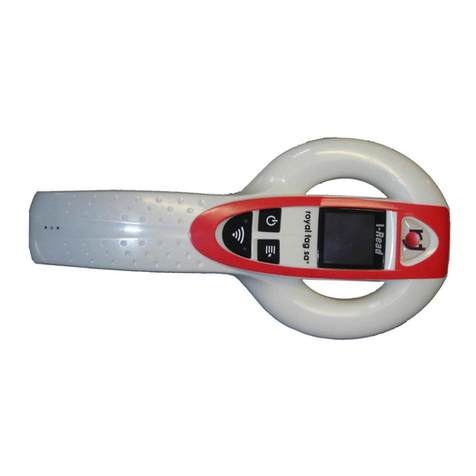
3
D026227_08 CR822x Single Board Decoded Scan Engine Integration Guide
Table of Contents
1 – CR822x Introduction........................................................... 4
1.1 – Product Overview ..................................................... 4
1.2 – SKU Descriptions..................................................... 4
2 – Mechanical Specifications ................................................... 5
2.1 – Decoded Scan Engine Components............................ 5
2.2 – Imager without Mounting Tab Components ................. 5
2.3 – Imager with Mounting Tab Components...................... 5
2.4 – Imager without Mounting Tab
Mechanical Specifications......................................... 6
2.5 – Imager with Mounting Tab
Mechanical Specifications......................................... 7
2.6 – Decode PCB Mechanical Specifications...................... 8
2.7 – Decoded Scan Engine Specifications.......................... 9
2.8 – Enclosure Specifications........................................... 9
3 – Optical Considerations......................................................... 10
3.1 – Window Requirements .............................................. 10
3.2 – Imager Field of View................................................. 11
4 – Electrical Specifications ...................................................... 12
4.1 – System Requirements............................................... 12
4.2 – Electrical System Block Diagram ............................... 12
4.3 – Host Interface Pinouts (CR8222 RS232) ................... 13
4.4 – Host Interface Pinouts (CR8221 USB)....................... 13
4.5 – Electrical Control Signals.......................................... 14
4.6 – Power Modes ........................................................... 14
4.7 – Power On (Boot) Timing Diagram ............................... 15
4.8 – Power Down Timing Diagram ..................................... 16
4.9 – Sleep to Wakeup Timing Diagram............................... 16
4.10 – Image Capture Timing Diagram................................ 17
4.11 – Ribbon Cable Diagram (Decode Board
to Host Interface .................................................... 17
4.12 – Electrical Characteristics (DC)
Absolute Ratings (Min and Max) .............................. 18
4.13 – Electrical Characteristics (DC)
Operating Conditions .............................................. 18
4.14 – Decode PCB to Imager PCB Connector...................... 19
5 – General Specifications ......................................................... 20
6 – Reading Range Specifications .............................................. 21
7 – Warranty ............................................................................ 22
8 – APPENDIX A: CR8000 Development Kit User Guide............... 23
8.1 – Development Board .................................................. 23
8.2 – Development Board Connections ............................... 24
8.3 – Development Board Jumpers ..................................... 25
8.4 – Development Board Fuses......................................... 26
9 – APPENDIX B: CR8200 Development Board ........................... 27
9.1 – Interface ................................................................. 28
9.2 – Power System .......................................................... 29
9.3 – Power Measurements................................................ 30
9.4 – Trigger/Wake Up Switches ......................................... 31
9.5 – Indicators................................................................ 31
9.6 – Development Board Jumpers ..................................... 32

